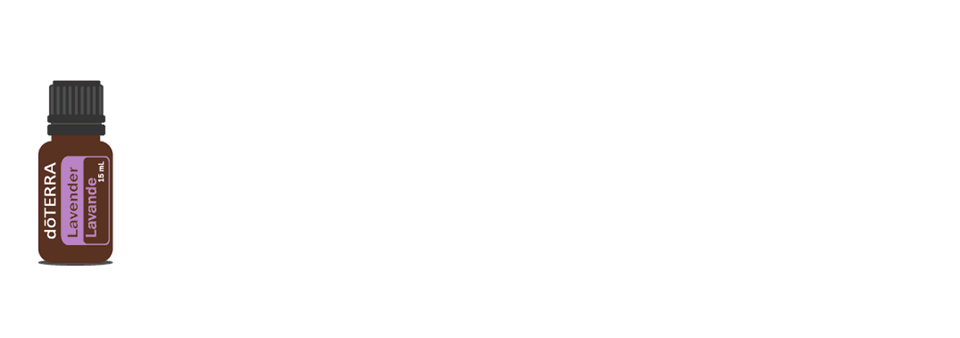Origin: a Latin derivative
meaning "Gift of the Earth."
Oops! Looks like something went wrong.

4 Ō 4
Explore popular areas on our site.
Why doTERRA?
When you use a bottle of doTERRA essential oil, you’re using an oil that is naturally sourced and unadulterated—there are no contaminants, fillers, or impurities. The essential oil industry did not have standards to ensure product integrity, so doTERRA created one.



